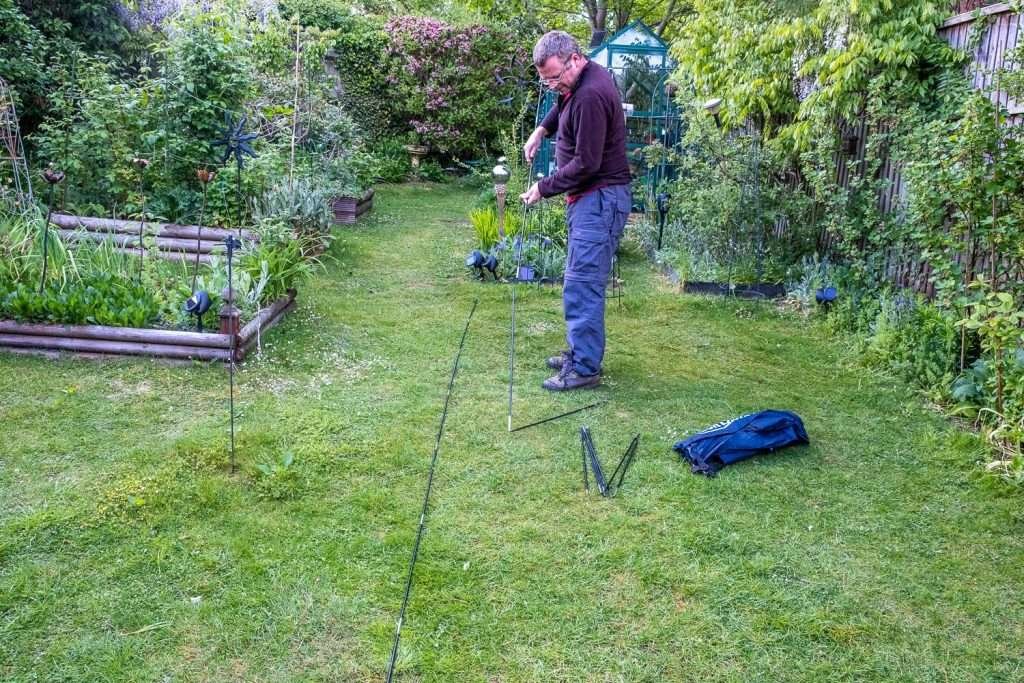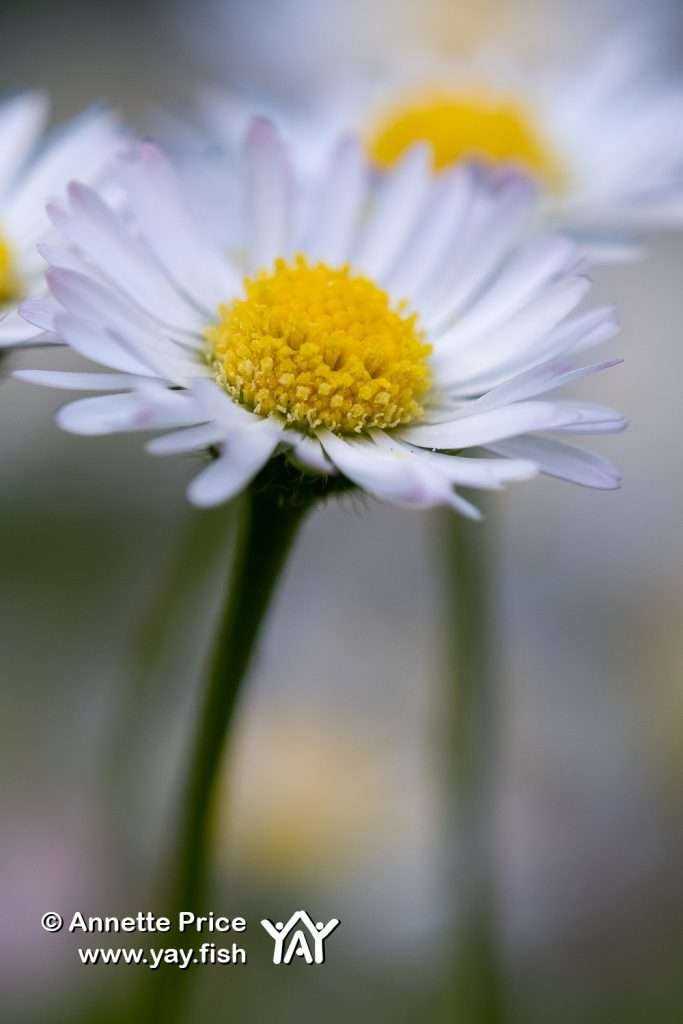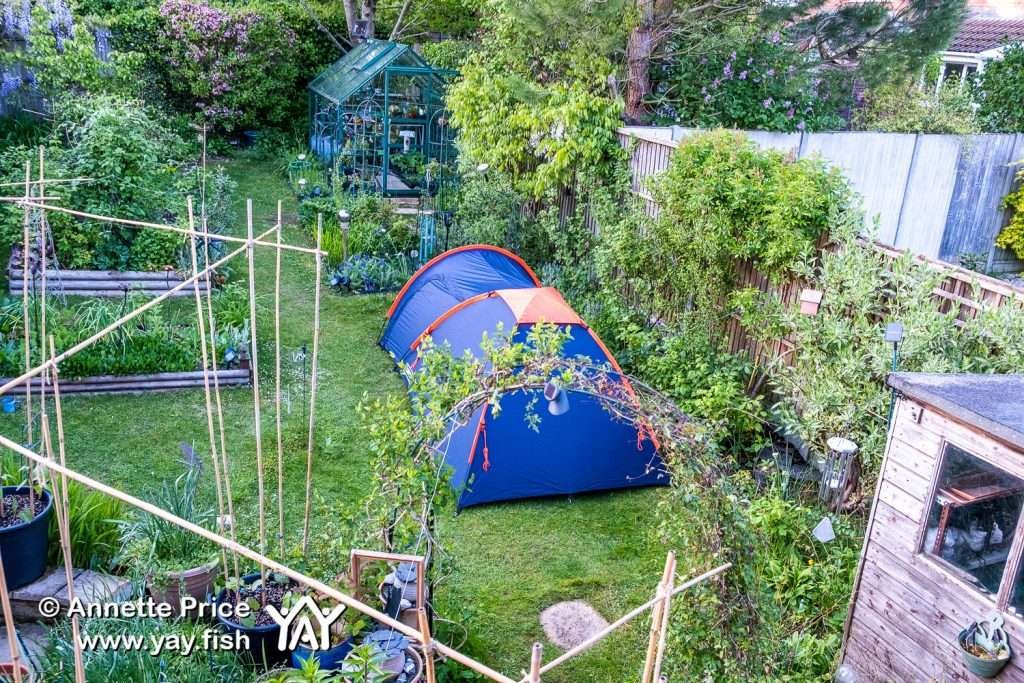A beginners guide to garden camping
Although lockdown is starting to be relaxed, we are still living with restrictions on socialising, trips away from home or even a coffee in town.
But if you have a garden, even a tiny one or just a patio, you can go garden camping. And it’s a lovely way to take a break, experience nature and have some fun outdoors, especially if you have kids. You’ll get to know your garden birds better and the smaller creatures that visit; such as ladybirds, dragonflies, iridescent beetles and if you’re really lucky – frogs. Oh and don’t forget to watch the moon rise or listen to the dawn chorus while wrapped up snuggly in your tent.
Leave your phone indoors, put the tent up, build a fire and have a great weekend away in your garden. Yay
But what if you’re not a camper and haven’t got a tent.
Keep reading, this article is for you…..
Buying a tent
Size
Tents vary in size from little one person tents that are not much bigger than a sleeping bag to ginormous living spaces. If you are new to camping, and I suspect you are if you’re reading this article, look for a tent that will be spacious enough for you to be comfortable.
A two berth (man/person) tent will usually be a tight fit for two people without much spare room for clothes or other kit. The ‘berth’ indicates sleeping space, not storage or moving around space. So two people using a three berth tent will have a more spacious and comfortable environment. Do you want a tent that you can stand up in? Or would you be happy just sitting up in your tent? How much room have you got in your garden? Also consider the size of the tent when packed and how much storage space it will need.
Do you have a patio but no garden?
Some tents can stand up by themselves without needing to be pegged into the ground. Many pop-up tents can do this.

A fast pitch tent – do you need it?
As you are going to be camping in the garden, ease and speed of pitching are going to be less of an issue than if you were setting up camp on a mountain top, at dusk, with rain closing in. But still, do you really want to be fighting with a complex tangle of poles and fabric?
Look for a tent that is quick and simple to set up. Watch instructional videos made by the manufacturer of your chosen tent and YouTube videos made by campers using the tent you are considering buying.




Pop up tents
Pop up tents are very quick to set up. You literally take them out of the bag, place them on the ground and they spring into shape. Folding them back into their supplied bag can be a bit more of a challenge – again YouTube videos and practice will help.
Are you likely to use the tent again in future away from home? Pop up tents can be great for campsites and car camping, but if you plan to take your new tent hiking or kayak-camping at a later date, the pop-up tent won’t fit in your rucksack or kayak.
Is it waterproof?
The Hydrostatic Head rating indicates how waterproof the tent is. For a tent to be called waterproof it needs a hydrostatic head rating of at least 1500mm. Most tents are rated 2000mm or above. The higher the number – the more waterproof it is. A hydrostatic head rating of 2000mm or more will withstand most weather that Britain is likely to throw at it. The label inside the tent, will often show a rain cloud symbol with a number, this refers to the hydrostatic head rating.
But there are other design elements that contribute to the overall waterproofness of a tent. To avoid rain leaking in through the seams, look for a tent with double stitched and taped seams. Ideally the zip should have a cover.
Groundsheet and Footprint
Many tents have a sewn in groundsheet, which forms an integral part of the tent and keeps water and drafts out. Manufacturers often try to keep the tent as lightweight as possible and so the groundsheet can be very thin and vulnerable to puncture. If the tent is going to be pitched on your garden lawn it will be fine. But if you camp away from home after lockdown, you may find yourself camping on rough or stony ground. Placing a groundsheet beneath your tent can prevent small holes appearing. A piece of tarpaulin, cut to the size of your tent works fine although you can buy a specially made tarp called a footprint. Tuck the edges of the tarp underneath the tent to prevent rain pooling beneath the tent.






Single or double skin
A double skin tent has both a flysheet around the outside and an inner tent inside. Inner tents reduce condensation and add a sealed sleeping area into the tent, greatly improving warmth on a cold night and keeping the tent cooler on hot nights.
Single skin tents are just that – a single skin. They do not have an inner and I would really advise you to avoid them. They are usually very cheap, but as a single skin tent has no ‘double glazing’ it will get cold during chilly nights and hot and stuffy in the summer.
Inner or outer first?
Some tents require the flysheet (outer) to be pitched before the inner tent while others pitch the inner tent first. Which is best?
Personally, I really prefer a tent in which the outer is pitched first. By this, I mean the flysheet is put up before the inner tent. While garden camping, this will be of little concern. Just look out of the window and check it’s not raining. But if you decide to use your tent camping away from home, you may find yourself putting the tent up in the rain. Assembling the outer flysheet first keeps the inside of the tent dry, while you put up the inner tent.
If you have to put up the inner tent first, it will get rained on until you get the flysheet over the top.
Some tents pitch the flysheet and inner together, these tents are usually quick and easy to pitch and pack away afterwards.

Where to buy from
As we can’t go browsing around camping shops at the moment, you will need to buy your tent online. They vary in price considerably, basic small tents start at about £50 whereas a top of the range tent could set you back a few hundred pounds.
Good places to start your search.
https://www.decathlon.co.uk/C-359116-tents#page2
https://www.blacks.co.uk/equipment/tents-camping/tents/
Buying a second-hand tent?
eBay is a great source of second-hand tents, just be aware that your tent might need a little servicing. I purchased one of my tents through eBay. It was quite an old tent and I liked the design but the flysheet was not waterproof so I sprayed it with Fabsil to re-waterproof it and have enjoyed my tent ever since.
So now you’ve got a tent – what to put inside it….
You’ll need something to lie on that insulates you from the ground and warm bedding. As you are garden camping, most of this can just come off your bed.
To lie on – A thin inflatable mattress such a thermarest is great if you are camping regularly and carrying your kit. They are lightweight and fold up small but are expensive and may not be that comfortable if you’re not used to sleeping on a thin mat. On a warm night, a blanked folded to fit under your body can be used. Alternatively, an inflatable air bed which is several inches thick might be more comfortable. What ever you choose, it has to achieve two things; it has to insulate you from the ground, or you’ll be cold, and it has to give you a comfortable night’s sleep.
Bedding – if you have a sleeping bag suitable for the current season that is ideal. Alternatively, as you are sleeping in the garden, use your duvet for a very warm and snug night under the stars.
Pillow – Having a suitable support for your head can make the difference between a good night’s sleep and an uncomfortable one. Inflatable pillows can be purchased, some are better than others, but as you are in the garden, just use your normal pillows.
Additional items – to get the most out of your garden camping trip, you’ll need a few additional items, take a look at the checklist below.

What if it rains?
Awesome 😄 there is nothing quite like the sound of rain pattering on the canvas while you’re tucked up cosily inside your tent. And as you are in the garden you can easily go back indoors anytime you want to.
Some tents will leak if the inner tent and the flysheet touch during rainfall, as capillary action can cause water to flow through the fabric. Many modern tents are coated to prevent this happening, so check before buying your tent. If you’re using an older tent or if you don’t know whether your tent has the appropriate coating then be careful not to touch the inner tent while it’s raining. Make sure you’re sleeping bag or duvet, for example, is not touching the inner tent.
Don’t put your tent away damp
Every time you use your tent make sure it is properly dry before putting it away. A few years ago, actually it was about twenty years ago, I went camping with my boyfriend, Neil. I had a lovely spacious 3 person tent, which we had planned to use. But the last time I had used it had been on a kayaking trip a few months beforehand and I had packed it away damp, intending to dry out when I got home. But I had forgotten about it. Oh dear. That was embarrassing. As I assembled the tent, the inner fell apart in shreds and the flysheet had gaping holes. Luckily it didn’t rain that night as we gazed at the stars through the holes in the canvas.

Plan your garden camp out
Plan your camp out as you would for a trip away. Decide on your meals in advance and gather the ingredients. During the daytime, set up the tent and gather everything you need for your night under the stars, so you don’t need to keep going indoors. Check the weather, not just for potential rain but for temperature and wind too.
Things to do
Garden Birds
Place a bird table or hang bird feeders near the tent, not too close, but so that you can enjoy bird watching from the cover of your tent.
Photography
Photograph the plants and small creatures that you find in the garden.
Practice astrophotography. On a clear night try producing a star trail photograph of your home or garden with stars drawing arcs across the sky. check the TPE – The Photographer’s Ephemeris also PhotoPills, both these phone and tablet apps are useful for planning star photography.
Moon gazing
Whether you want to photograph the moon, watch it rise or admire your garden in the moon’s wonderfully eerie light, it’s helpful to know when it will be visible in the sky. Lunafaqt is a great phone app for this, giving the times of both sun and moon rise and set, a drawings of the current (or future) phase of the moon.
Delicious sweet treats for your campfire or BBQ
Campfire Food
Toasted Marshmallows
Ingredients
- Jumbo marshmallows – the bigger the better
Also needed:
- Marshmallow sticks or other long clean stick.
Method:
Thread a jumbo sized marshmallow onto a stick and roll it over and over just above the embers. Within two or three minutes the outside will go crispy while the inside melts into a sweet sticky goo.
Beware – If you hold your marshmallow too close to the heat it may catch fire.
The Campfire Banana Boat
- 1 banana per person
- A bar of chocolate (a Snickers bar is great for this) or chocolate buttons.
- Optional extras – nuts, marshmallows, honey or anything else you would like to add
Also needed:
Tinfoil
Method
- Slit each banana lengthways, cutting through the banana but not through the banana skin underneath.
- Break your chosen chocolate into small pieces and stuff into the banana.
- Add any extras you would like.
- Wrap the banana in foil and place on a barbecue or nestle in the embers of a dying campfire.
- Prod gently every few minutes and remove from the fire or BBQ when the banana is soft throughout.
- Enjoy 🙂
For additional ideas on tasty campfire meals and great ideas for activities to entertain the kids, check out ‘The Best Ideas for Backyard Camping!‘ by Helen at 3 Winks Design.

Conclusion
In this beginners guide to garden camping we have looked at buying a tent, what to put inside it and how to make it warm and comfortable. There is a checklist of what you’ll need pack for your night under the stars and a couple of suggestions for delicious sweet treats to cook on your campfire or barbecue.
I hope this guide will inspire you to get outdoors and spend a few quiet nights under the stars in your own garden. To see your space at home in a new and different light, particularly important while we are living in such unusual times with restrictions on where we can go.
Camping is also great for our health and mental well being, here are 7 benefits of camping in nature.
If you do go Garden Camping – please get in touch -I would love to hear how you get on.
Enjoy your Garden Camping – Yay
Annette
Please share this post and encourage others to enjoy their garden more by camping in it…..

Annette Price
About the Author
Annette Price. I am a wild places and adventure sports photographer, which means that I am passionate about getting outdoors, camping, caving, getting wet and muddy and photographing the landscapes and people that I find. Water is a big attraction for me and I love being in, on and under it and am a serial kayak paddler.I hope you enjoy the articles, kit reviews and photography on this website and that they help you to get outdoors exploring new places and activities.




